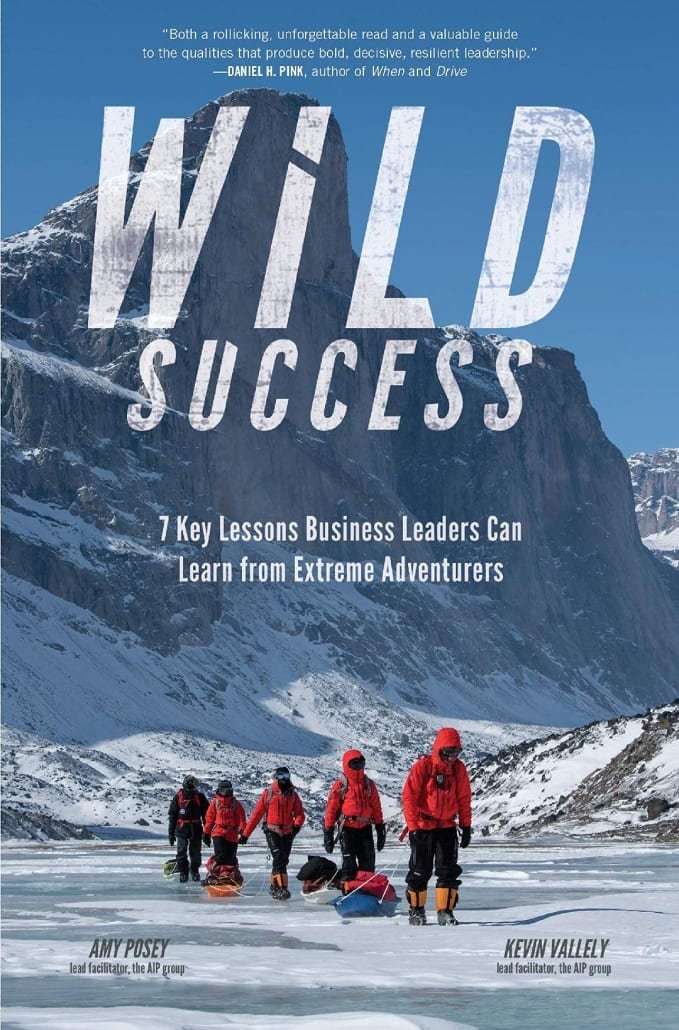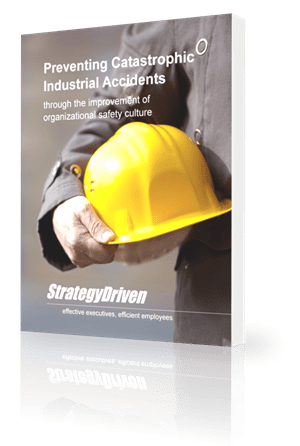In the Time of COVID-19, Take Resilience-Building Tips from an Open Ocean Sailor

The COVID-19 crisis has turned us all into adventurers, as we push our limits and test our resolve during this journey into the unknown. It’s a strange situation, but the current pandemic is forcing us to don the adventurer’s mantle. Adventurers thrive on uncertainty and become motivated and empowered when they face the unknown. They intuitively understand that resilience is a skill that requires challenge to build and grow. The COVID-19 pandemic has developed into a once-in-a-lifetime challenge for us all and will take resilience to get through.
As this crisis unfolds, the story of one adventurer in particular, an open ocean sailor named Lisa Blair, exemplifies the resilience from which we can all benefit. An extremely accomplished solo open ocean sailor, Lisa has been thrown into a cauldron of uncertainty many times in her career and has always managed to navigate through. Her attempt to break the world record for the fastest solo circumnavigation of Antarctica is one of the most perilous journeys a sailor could undertake, and if it wasn’t for her immense capacity for resilience, she would never have survived it.
Everything had been going exactly to plan for the first 72 days of Lisa’s endeavor, and she was one month away from reaching her goal. But in the midst of a treacherous storm, everything changed. “The mast snapped at deck level so there was nothing standing up outside my boat, it was totally gone,” she recalls. The mast had fallen to the leeward side of the boat and immediately became an immovable object in the water. Her boat, Climate Action Now, was left hanging off its new anchor, pounded by 25-foot waves.
In the grips of a massive storm about 1,000 nautical miles from land, with no ship traffic near, Lisa was completely alone in the face of grave danger. “If I lost the boat that far south, there was no second chance. Even if I jumped in a life raft with my survival suit, the chances of recovery were slim for any ship to even find me, let alone find me alive if I hadn’t succumbed to exposure. So I had to free the mast at all costs.”
Through the darkness of an angry night, Lisa set about trying to save her boat. She had to free the destroyed mast — a delicate procedure in calm conditions, but in the frenzy of a storm, as her boat pitched and rolled with waves washing across its deck, it became a life-threatening task.
To release the mast Lisa needed to uncouple the rigging. To do this she needed to disengage a split-pin at the connection point at several locations. “I tried to hammer them out with my screwdriver and hammer and it just wasn’t working,” she recalls. “I was shaking so badly, I couldn’t aim right and I kept smashing my left hand. My whole hand ballooned up as I’d likely broken a few bones.”
To separate the forestay, Lisa had to crawl out on the end of the bowsprit where she was pummeled with huge crashing waves. “My legs were clamped so hard and I was gripping the remaining bit of railing with a death grip as I held on.” She needed to time her work with the gaps in the waves, hammering for all she’s worth in the trough of a wave and hanging on when the next one approached. Lisa cycled through her hands-on hands-off rodeo ride until the split-pin finally popped loose. She scrambled back on deck and made quick work of the side stays, then watched her mast slip beneath the ocean surface. She had saved the boat and herself.
Lisa Blair had to abort her record attempt and use her motor (and a perilous rescue by a Chinese container ship) to retreat to Cape Town, South Africa. Two months later with her boat repaired, she was ready to head back to sea. But instead of applause and encouragement, she was met with a chorus of naysayers telling her she had no business heading back out. Winter had descended on the Southern Ocean, and with it came colder weather, bigger waves and hurricane-sized storms.
After the monumental challenges and disappointments of the previous months, most people would have called it quits, but not Lisa. In her mind she had started something, and she was going to finish it.
What special something kept her going? What made Lisa so resilient? Here are some of her secrets:
1. Plan for worst-case scenarios.By using all of her knowledge and experience, Lisa knew both practically and emotionally what she needed to do. Her background in undertaking difficult adventures helped her prepare for her journey. She anticipated worst-case scenarios and planned how she would deal with them. She was as prepared as she could be.
Scenario planning can be an incredibly effective tool to anticipate the unknown. Mapping “if-then” responses and visualizing a myriad of scenarios can help us respond to any challenge that presents itself. Worst-case scenario planning allows us to make any decisions we face with a clear head.
2. Maintain strong personal relationships.Lisa’s strong personal relationships helped her to maintain her resilience. During difficult times, she effectively processes her feelings by sharing them openly with her support network of family and friends.
For all of us, utilizing our trusted relationships can keep our spirits up. Reaching out to those closest to us to process strong feelings is a key way to boost resilience and move through these challenging times.
3. Remain realistically optimistic.Lisa’s resilience also stemmed from a powerful sense of realistic optimism. Her ability to accurately assess the gravity of her challenges while maintaining a deep belief in the possibility of a positive outcome was critical.
In the midst of the COVID-19 pandemic, we can follow Lisa’s lead of accepting the current reality with a belief that we’ll eventually resume our disrupted quests. Success is still within our reach.
By adopting the adventurer’s approach to setbacks and challenges, we will build resilience in the face of these challenging times.
About the Author













Leave a Reply
Want to join the discussion?Feel free to contribute!